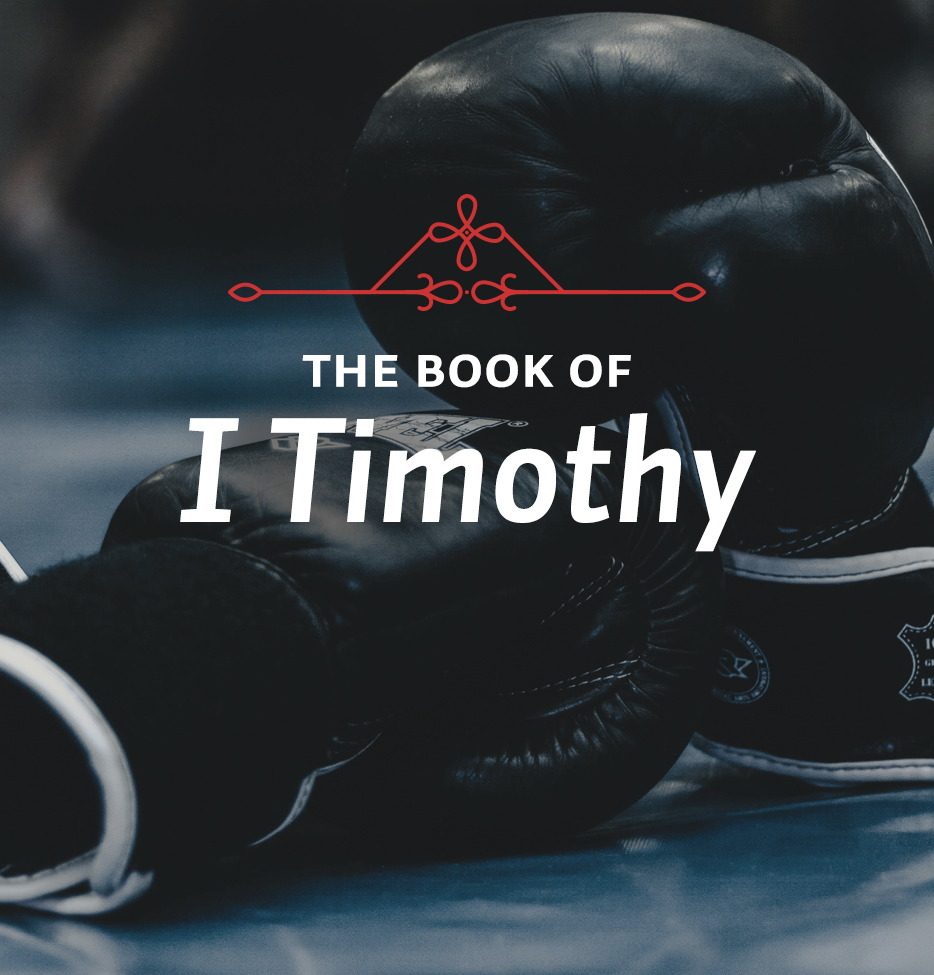Theme: Jesus Christ, the Mediator
In this week’s lessons, we see what it means for Jesus to be the only mediator between God and those who have sinned against him.
Scripture: 1 Timothy 2:5-6
The second point is that we have such a mediator in Jesus Christ. He is the mediator, and He’s a perfect mediator. He’s precisely what we need. Anselm of Canterbury wrote a classic theological work, which goes by the Latin title, Cur Deus Homo? (translated in English as “Why the God-Man?”) In this book, Anselm is addressing why Christ needed to become man. Anselm’s answer deals with the matter of mediation. The only one who can be the mediator is one who is at the same time both God and man, which is why the incarnation is necessary.
Anselm talks about this in terms of debt. He says that we owe a great debt to God because of our sin. Because of God’s character, we need to be redeemed by him. Now who is going to pay the debt? Man is the one who needs to pay the debt because he is the one who owes it. But because of our sin we are unable to pay it. The only one who can pay the debt is God, to whom the debt is due. In order for this great problem of the debt to be resolved, there must be someone who is at the same time both man and God and, hence, the need for the incarnation. This is how Anselm puts it:
It would not have been right for the restoration of human nature to be left undone, and… it could not have been done unless man paid what was owing to God for sin. But the debt was so great that, while man alone owed it, only God could pay it, so that the same person must be both man and God. Thus it was necessary for God to take manhood into the unity of his Person, so that he who in his own nature ought to pay and could not should be in a person who could…. The life of this man was so sublime, so precious, that it can suffice to pay what is owing for the sins of the whole world, and infinitely more.1
Now we have to understand, of course, when we talk along those lines, that there are some qualifications, which Anselm well understood. God is not off somewhere, with his arms folded, waiting for somebody to pay the debt, until Jesus comes along to pay it. Remember that God himself was paying the debt in Christ. And this idea of the debt getting paid is not some merely abstract concept. Jesus is dying in our place for us. Jesus is the mediator who brings about the reconciliation between God and sinners. Only one who is both God and man can do this.
John Murray, in his book Redemption Accomplished and Applied, has an analysis of the nature of the atonement, where he talks about what he calls the “antecedent necessity.” What Murray means is that there was no other way in which God could save the world, because there was no other one who could be both God and Man. Only the incarnate Son of God could redeem us and cancel the debt we owe to God. There was no other way that salvation could be achieved. There were not, as some have taught, an infinite number of ways available to God by which he could save men. It could only ever be through the death of the Lord Jesus Christ, and trusting in him alone to save us from our sins. There was no other being or thing who could make atonement for us. As Paul says in our text, there is only one mediator, and that is Jesus.
1Eugene F. Fairweather, ed. and trans., A Scholastic Miscellany: Anselm to Ockham, The Library of Christian Classics, X, (Philadelphia: The Westminster Press, 1956), 176.
Study Questions:
What is the main point of Anselm’s work, Cur Deus Homo?
How does Anselm explain his main point using the idea of debt?
Explain the concept of “antecedent necessity.”
Application: To help deepen your knowledge of these doctrines, read Anselm’s Cur Deus Homo? and John Murray’s Redemption Accomplished and Applied.






